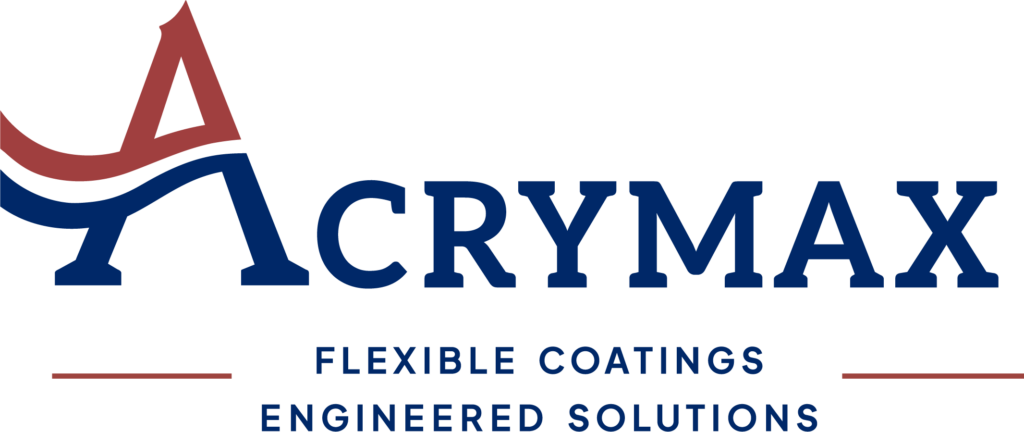When choosing an exterior coating to use on a roof, wall, or other manmade structure it is important to remember that quality coatings are an investment. Coated surfaces are under constant attack from extreme temperatures, UV light, moisture, pollutants, and other environmental factors. Over time, this can cause your surfaces to fade, peel, crack, and ultimately deteriorate. Inferior quality inexpensive coatings just don’t have what it takes to stand the test of time. A company can either reduce the probability of failure by investing in the upfront quality costs or pay when the products used fail to perform as expected. Organizations that use the ‘Cost of Quality’ factor in their decision-making process make better decisions. Unfortunately, it is often seen that companies make the cheaper choice, and eventually suffer in the long run.
What makes a quality coating?
Paints and coatings contain four main ingredients: binders, pigments, additives, and solvents. All of these ingredients need to be carefully selected to produce a superior quality high performance coating. At our company, we understand that quality ingredients are essential to creating exceptional coatings. While it’s true that these ingredients may cost more upfront, the benefits they provide are well worth the investment. Binders play a crucial role in determining the quality and performance of paint finishes. They provide the necessary adhesion, durability, and resistance to environmental factors that ensure a long-lasting and attractive appearance. There are various types of latex binders available, such as 100% acrylic, styrene acrylic, vinyl acrylic, and fluoropolymers each providing specific performance characteristics. The better the binder – the better the paint.
Quality paints and coatings use more prime than extender pigments. Prime pigments such as titanium dioxide are as much as 10 times more expensive than extender pigments but are essential for good hiding and weatherability. Titanium dioxide also provides the reflective white finish for our cool roof coatings. Substituting cheaper extender pigments for prime pigments in a paint or coating formulation will reduce the cost of the paint, but it will also negatively impact its performance. Additives are included in paint to provide desirable properties. They might make the paint easier to apply, reduce bubbles, improve adhesion, or give it protective qualities. Mildewcides are an example of an additive. Some manufacturers offer lower cost paints and coatings that eliminate this additive with the result being an inexpensive but significantly inferior coating. The solvents in paints and coatings are used to control the consistency of the paint or coating and also to regulate application properties. Water is the primary solvent in waterborne coatings, however coalescent solvents are also usually used to assist in proper film formation. The proper blend of solvents is essential in a quality coating.
Application Costs
When you consider that 70 to 85% of the cost of a painting project is labor then the use of quality coatings that may cost a bit more is a wise choice. Investing in quality coatings that will last longer provides a real return on investment in the future. You will save money on maintenance and repainting costs down the road. Why settle for inferior coatings that will only cost you more in the long run?
Recoatability
The ability to recoat an existing coated surface to extend the life of the coating system will save money in the future. Inferior coatings can crack, peel and deteriorate to the point where they must be removed. This can be extremely expensive. Overcoating on the other hand allows for less preparation with the resulting savings in labor costs. Obviously when overcoating an existing coating system, the condition of that coating is the determinate factor on the success of the new coating system. The existing coating must not be failing to the point where it does not provide a solid surface to adhere to. The Steel Structures Painting Council (SSPC) Technology Update – 02 Overcoating: Existing Coatings Systems Applied to Steel Substrates is a valuable resource providing guidance on when overcoating is acceptable. The roof at the Floy Lewis Bakes Center at Ursinus College is an excellent example of using quality materials and the advantages of recoatability. This roof has been in continuous service since 1986, almost 40 years! The initial coating system still exhibits excellent flexibility and adhesion and that has allowed it to be recoated at minimal cost. Preparation for recoating was a simple power wash to remove dirt and contaminants that would interfere with adhesion of the new coating. It is well within reason to assume that this roof will continue to perform for another 40 years or more if properly maintained.
Conclusion
Over time all coatings degrade from exposure to the elements. The question becomes how badly they will degrade. Superior quality coatings will always last longer and that results in savings for you. Ultimately, investing in quality materials should be seen as an investment rather than an expense.
To read more about Acrymax’s quality coatings, click here for our work at Ursinus College: https://acrymax.com/case-studies/ursinus-college-bakes-athletic-center/


